When it comes to planting and maintaining dogwood trees in your landscape, a few key tips can go a long way to keeping your trees growing healthy and strong, year after year.
Dogwood trees are well-known and revered for their beautiful pink, white or reddish flowers. As they come into full bloom in early to mid-spring, they can light up a landscape like no other tree.
With bloom sets that can last upwards of three to four weeks, it’s easy to see why the dogwood is a favorite selection for so many. But the beauty of the tree goes far beyond just its spring flower show. In fact, the dogwood actually provides incredible interest year round!
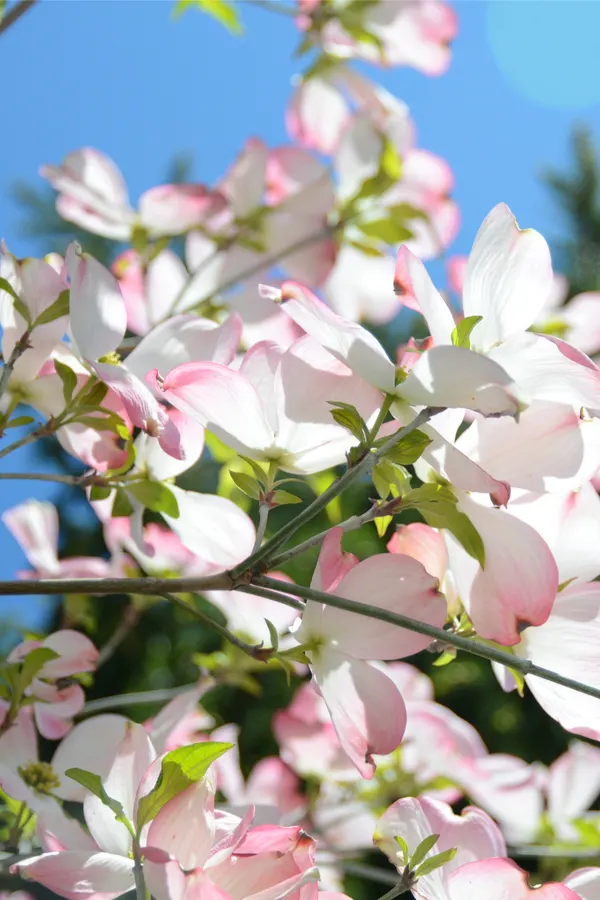
The Year Round Beauty of Dogwoods – How To Plant Dogwood Trees
Dogwoods have so much more to offer a landscape than just spring color. As their blooms fade, the tree begins to showcase a canopy of wispy foliage. Foliage that provides not just beauty, but a wondrous canopy of shade.
But as spring gives way to fall, the dogwood tree once again brightens the landscape with glorious color. Its leaves turn from pale green to intense hues of red and purple. So intense that it rivals the beauty of one of Autumn’s biggest and best colorful trees, the maple!
But as winter approaches and the deciduous tree begins to lose it leaves, dogwoods still have a bit more to offer for the long winter ahead.
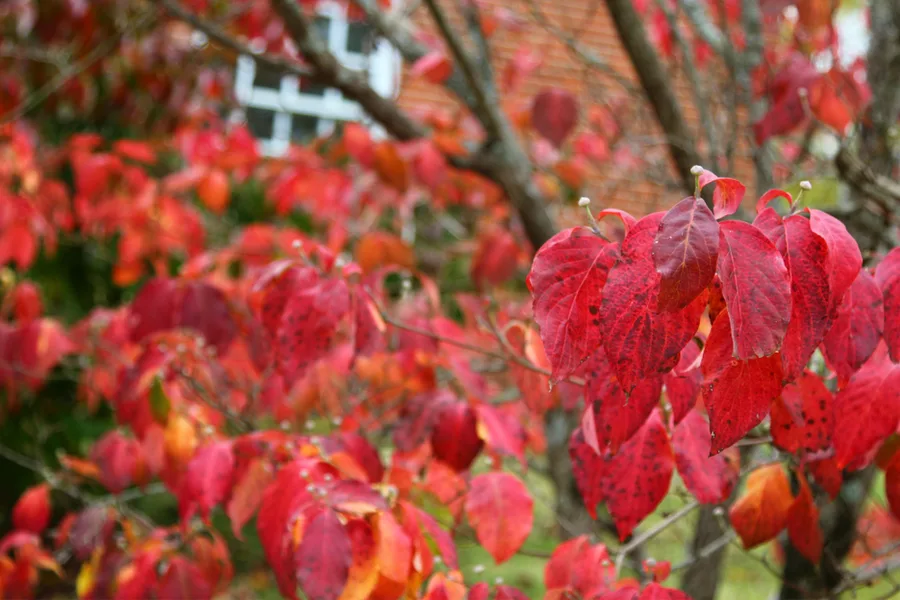
As the leaves fall off, they reveal a gorgeous limb structure that is full of interest and beauty. Even better, some species even produce red berries for winter that bring even more color to nature’s pallet.
The berries are not only beautiful, but an important food source for many species through the long winter months. In fact, they help to feed everything from foxes, squirrels, rabbits and deer, to a host of birds.
Selecting And Locating Dogwoods – How To Plant Dogwood Trees
Dogwoods are native to the Eastern portions of the United States. They can be grown successfully in zones 3 through 8, although there are a few varieties that can grow into zone 2.
Once young trees are established, they require little long-term effort other than minor pruning and shaping. But for many, getting them established can be a challenge.

When there is an issue, it more often than not comes down to location – as in too much or too little sun, and too wet or too dry.
Proper Light & Water – How To Plant Dogwood Trees
Dogwoods perform best in partial sun. Although they can survive in both full shade and full sun locations, planting them where they will receive a bit of both is the best recipe for success.
Dogwoods also require a fair amount of water, so locating them in partial shade helps them conserve moisture on hot summer days. And on the subject of water, although they need moisture, too much can lead to root rot and weak root structure.
Avoid selecting location where water will pool or collect. Soggy roots keep the roots from absorbing nutrients from the soil. The result are weak trees that can easily topple over, or rot at the base.
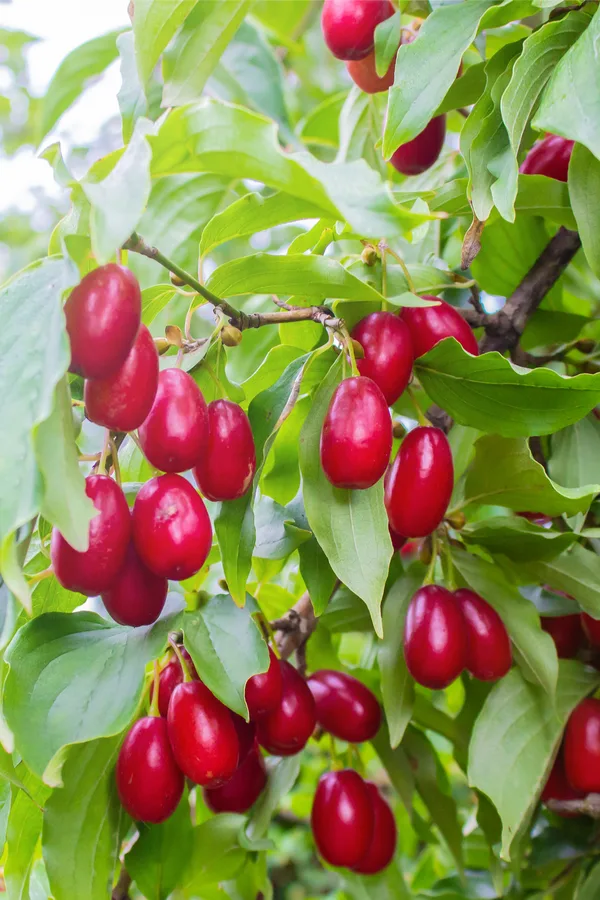
And finally, when selecting a location for planting, keep in mind that dogwoods benefit from a little protection. Nearby trees or structures can provide helpful shade and protection from high winds.
Varieties To Plant – How To Plant Dogwood Trees
When selecting a dogwood tree to grow, choosing tried and true trees varieties give the best chance of success. Two of the most well-known and common varieties for planting are the Flowering dogwood and Kousa dogwood.
The Flowering dogwood is native to the US, and the most well know of the dogwood family. The Kousa dogwood variety is native to China and Japan. It flowers a bit later on average than the Flowering dogwood, and produces a slightly different berry.
How To Plant Dogwood Trees
The best time to plant Dogwood trees is in the early fall. The next best time is in early spring once the soil has thawed. Of the two, fall is the better option because it gives the tree an opportunity to settle in without the heat and stress of summer.
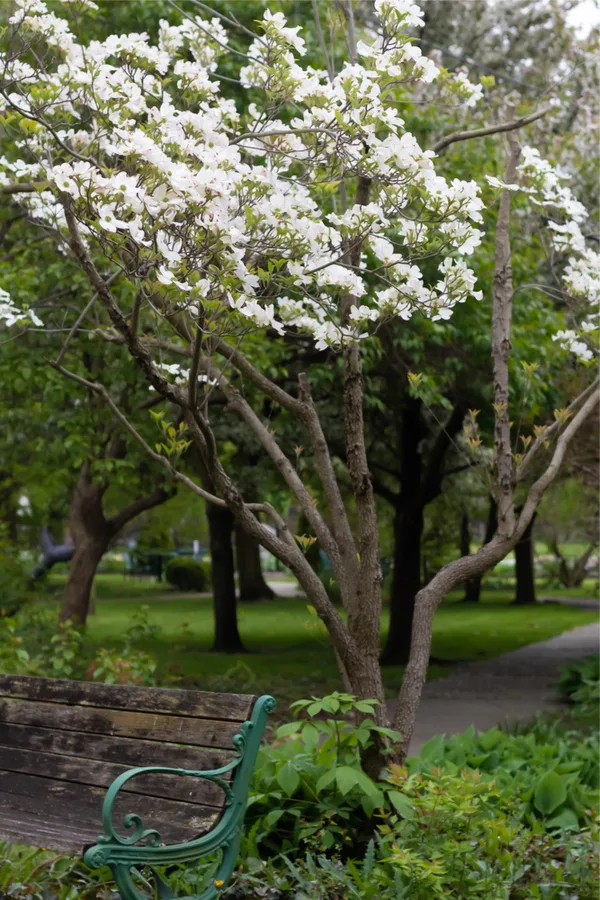
When spring rolls around, the tree is accustomed to its space, and is better suited to handle the summer season. Spring planting can still be successful, but additional watering and care is often needed to help trees through the heat.
Dogwood trees can be planted from bare root, or from potted root balls. If you are planting bare root stock, you will definitely need to plant in fall or early spring, before the tree begins to bud and flower.
Dogwoods planted as root ball trees can be dug in at any time, but the spring and fall are still better, providing less stress on the trees.
Soil Requirements – How To Plant Dogwood Trees
Dogwoods prefer rich and fertile ground to grow strong. Amend planting holes with a 50 percent mixture of compost to soil. Dogwood trees should have their crown set slightly above the soil, not below.
When planting, set the root ball in the hole, making sure the top of the root ball is about 1/4 above the ground level. Water the tree thoroughly when first set in the hole, and then again after planting.
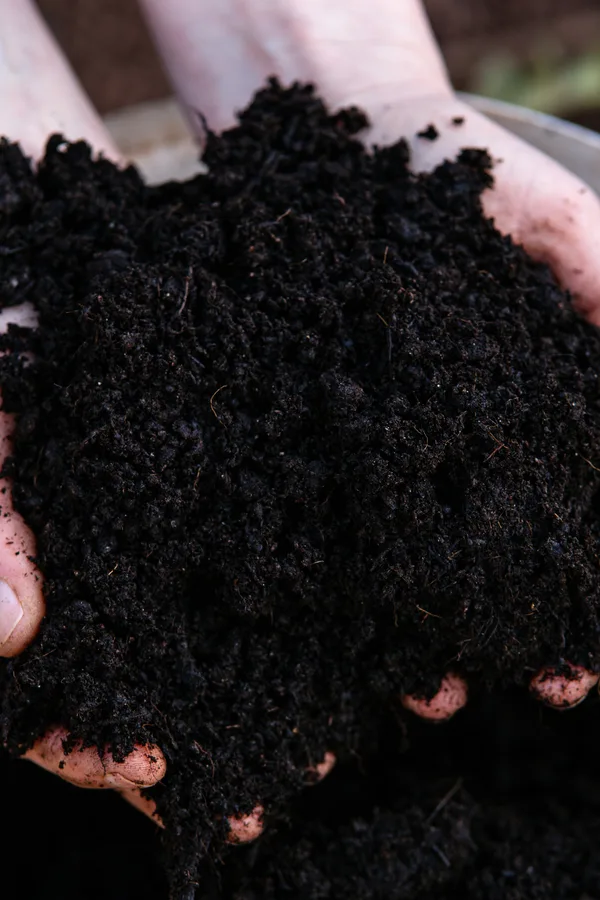
Mulch can be used around the drip line of the tree to help retain moisture, but take care to keep it away from direct contact from the trunk.
Newly planted dogwood trees need to have regular watering during their first full year of growth. Water every week or two during the first growing season.
If it is extremely hot, or you have long stints of dry periods, you will need to water even more frequently. (See: How To Best Water Newly Planted Trees)
Long Term Care – How To Plant Dogwood Trees
Dogwood trees require little long-term care once they are established. Prune back any dead or diseased limbs as needed. For all additional pruning or shaping, remove limbs and suckers during the summer. This helps to eliminate removing potential blooms in the off season, and keeps the sap to a minimum.
Dogwoods heal over quickly from a pruning cut in the summer, but in the cool months, they can bleed sap for a long period. Here is to adding a dogwood tree or two to your landscape – and enjoying four season beauty!
Follow Our Facebook Page For Great Gardening Tips And Advice! This Is My Garden Facebook Page
This Is My Garden is a garden website created by gardeners, for gardeners. Jim and Mary Competti have been writing gardening, DIY and recipe articles and books and speaking for over 15 years from their 46 acre Ohio farm. They publish three articles every week, 52 weeks a year. Sign up today to follow via email, or follow along!

